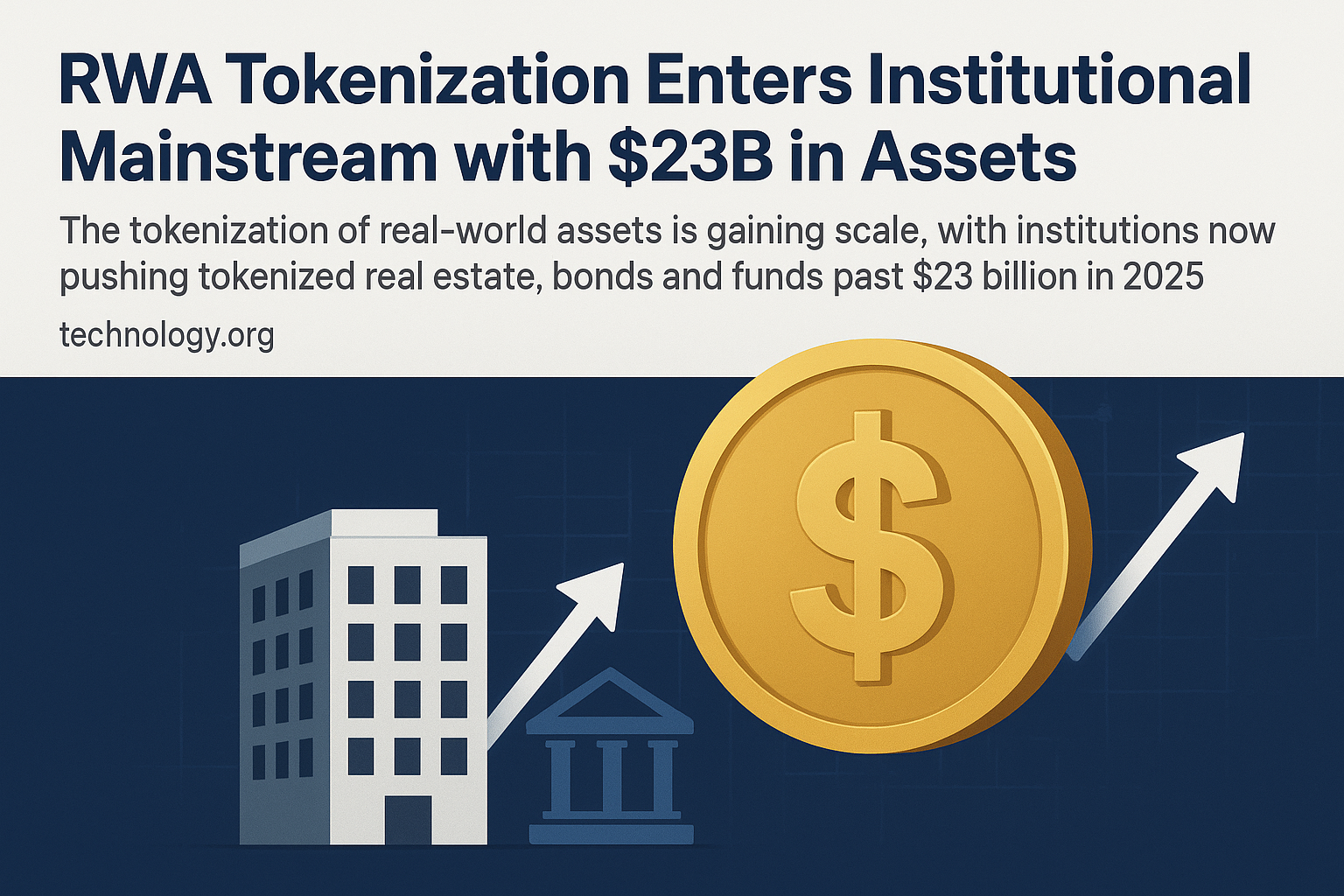Artificial intelligence (AI) is rapidly transforming supply chains, reshaping how goods are produced, moved, and delivered across the globe. By leveraging AI-driven optimization, companies are finding innovative ways to enhance efficiency, cut costs, and improve decision-making. As these AI technologies evolve, so too do the regulatory discussions surrounding their implementation, especially as governments explore the implications of increased AI autonomy in critical sectors like supply chain management.
AI-Driven Optimization in Supply Chains
AI has the potential to revolutionize supply chains by automating complex tasks that traditionally required human intervention. Machine learning algorithms and predictive analytics are now used to forecast demand, optimize logistics, and even predict potential disruptions. By analyzing large datasets in real time, AI can detect patterns, adjust to changes in demand, and recommend decisions that reduce waste and inefficiencies. These benefits are helping companies become more agile and responsive to global market fluctuations.
For example, AI-powered tools can analyze historical data to forecast demand more accurately, enabling companies to manage their inventories more effectively. Similarly, route optimization algorithms help logistics providers choose the most efficient delivery paths, saving time, reducing fuel consumption, and improving customer satisfaction. Additionally, AI can monitor machinery within manufacturing plants to predict failures before they happen, allowing for proactive maintenance and reducing downtime.
The Rise of AI Autonomy in Supply Chains
As AI becomes more advanced, its autonomy within supply chains is also growing. Autonomous systems, such as self-driving trucks and drones, are being piloted for logistics and delivery services. These AI-driven technologies are not only speeding up supply chain processes but also raising new regulatory challenges.
The move towards autonomous AI systems brings significant benefits but also carries risks. Increased autonomy could lead to reduced human oversight, which may cause concerns about accountability, transparency, and ethical decision-making. Governments worldwide are beginning to scrutinize how these technologies operate, focusing on ensuring that AI systems are transparent, safe, and align with broader public policy goals.
Regulatory Considerations and Government Involvement
Governments are increasingly concerned with the regulatory implications of AI in supply chains, particularly as AI autonomy grows. Regulatory bodies are exploring ways to create a balanced framework that encourages innovation while ensuring safety and ethical standards are maintained.
One major regulatory concern is the potential for AI systems to make decisions that lack human oversight. If an AI-driven supply chain system makes a decision that negatively impacts the environment or the workforce, it can be challenging to determine who is responsible. Governments are beginning to discuss how to manage these challenges, potentially requiring transparency in AI decision-making processes and implementing regulations that set clear boundaries for AI use.
For instance, the European Union has been at the forefront of AI regulation, with its proposed AI Act aimed at classifying AI systems by risk and creating specific requirements for high-risk applications, including those in supply chains. The U.S. and other countries are following suit, considering similar frameworks that address both the opportunities and risks presented by AI technologies in supply chains.
The Future of AI in Supply Chains
The integration of AI into supply chains is still in its early stages, but the future looks promising. As AI technologies become more sophisticated, supply chains will continue to grow more resilient, flexible, and efficient. However, as AI autonomy increases, so will the need for thoughtful regulation that ensures these systems benefit society while minimizing risks.
Companies will need to stay ahead of both technological advances and regulatory developments to fully harness AI’s potential while ensuring compliance with evolving legal frameworks. Ultimately, the successful adoption of AI in supply chains will depend on striking the right balance between innovation, regulation, and human oversight.
In conclusion, AI is transforming supply chains by optimizing operations, reducing costs, and improving decision-making. However, this transformation comes with regulatory challenges, particularly as AI becomes more autonomous. Governments and regulatory bodies are starting to explore frameworks that can ensure the safe and ethical use of AI in supply chains, paving the way for a more efficient and sustainable future.




